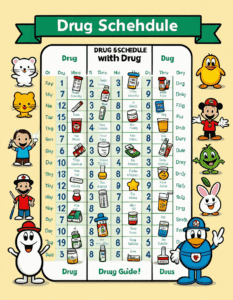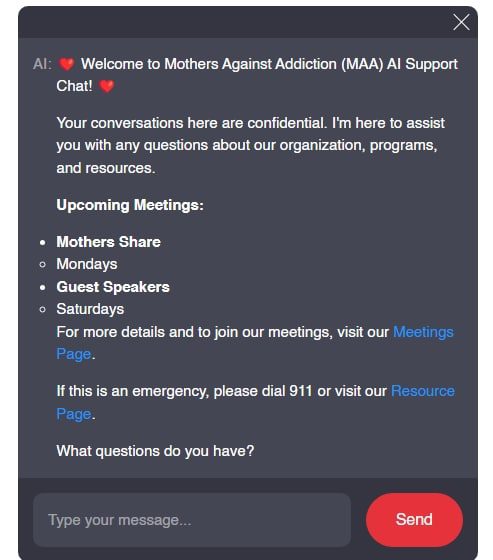Trauma, by its simplest definition, is an emotional response to a deeply distressing event or a series of distressing events. Yet, to truly define trauma, we must listen to those who have lived it. The pain that arises from addiction—whether a child’s struggle or the heartache of losing a child—often leaves scars that run deeper than we can imagine. In this article, we will explore trauma from various dimensions, provide insight into anxiety, adolescence, the power of community, and the essence of compassion, all while weaving in real stories that shine a light on the resilience of parents navigating these turbulent waters.
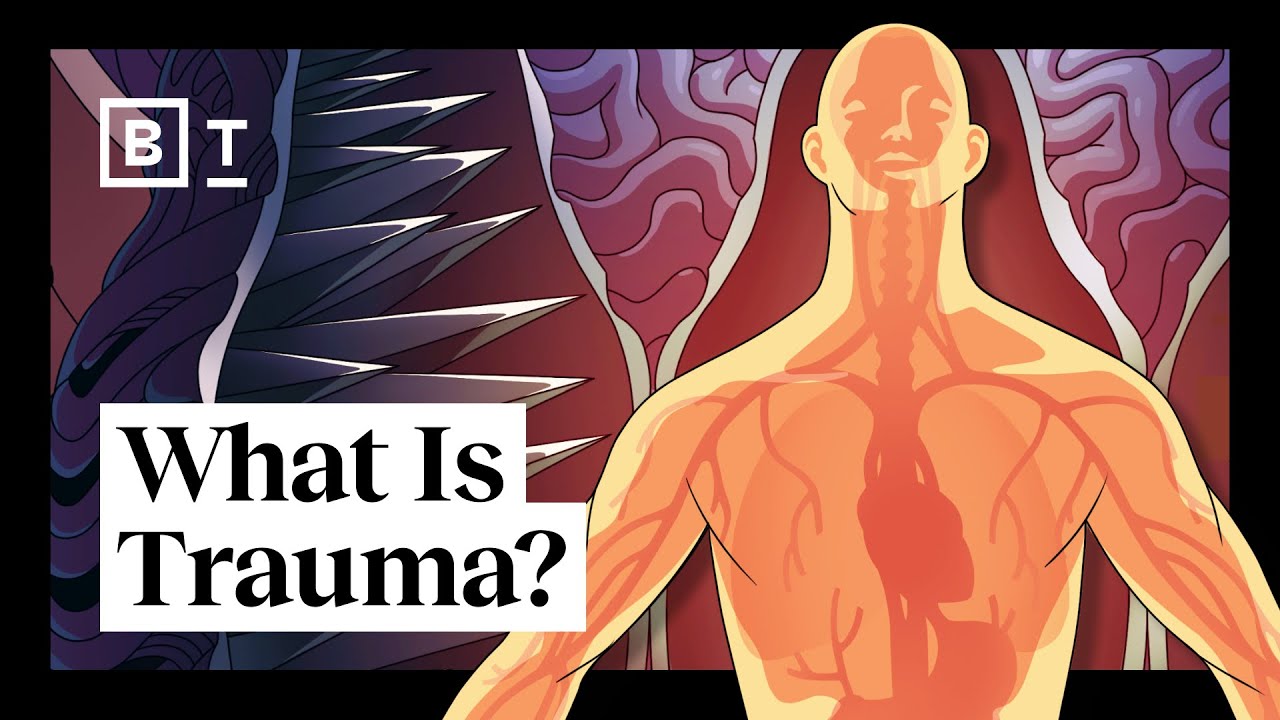
Define Trauma: Exploring Its Many Facets
Trauma is intricate, encompassing not just the event itself but also the long-lasting impacts on individuals and families. At Mothers Against Addiction, we hear countless accounts of mothers grappling with the aftermath of their children’s addiction or loss. These personal narratives reveal how trauma reshapes everyday life; it’s in the heightened anxiety of a mother waiting for a phone call, the PTSD that haunts a parent each day, or the way interactions with others change when sorrow seeps in.
The Personal Narratives of Survivors
Take, for instance, Karen, who lost her son to overdose. Each day, she wakes up to a world that feels foreign. Her trauma redefines her existence, pulling her in and out of tears at the smallest reminders. She describes moments spent at family gatherings where the absence of her son feels like a shadow casting over every laugh shared. These experiences are common among parents who find themselves amid devastating loss, illustrating how trauma can consume daily routines and societal connections.
The Biological and Psychological Response
From a biological perspective, trauma can alter neurological pathways. Neurobiological studies confirm that when faced with traumatic experiences, our brains undergo changes, affecting mood, stress levels, and decision-making. Chronic stress stemming from unresolved trauma can lead to anxiety disorders, leaving many parents locked in a cycle of fear and tension, questioning whether their child will find recovery or if they might face loss. The emotional battle is two-fold—it’s not only the pain of their child’s addiction but also the internal turmoil they face daily.
Cultural Context and Trauma
Cultural narratives shape how trauma is perceived and processed. In Indigenous communities, for example, collective trauma surrounding historical injustices significantly influences mental health and community dynamics. Sharing stories of pain becomes a tool for healing, emphasizing that trauma is not just a personal experience; it’s a collective narrative that demands acknowledgment. Understanding these cultural contexts deepens the conversation around trauma, highlighting the necessity for inclusion and compassion within healing communities.
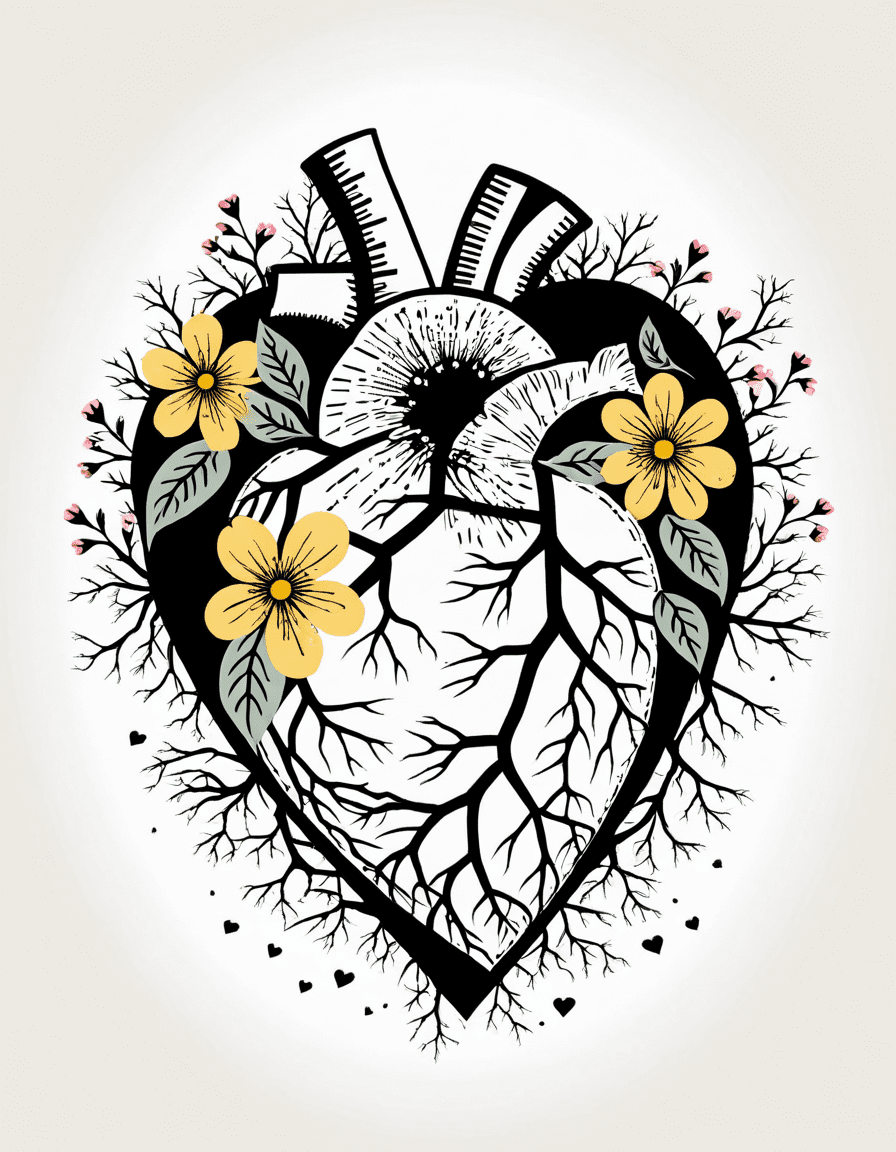
Define Anxiety: The Side Effect of Trauma
From trauma often springs anxiety, a complex and heavy emotion that complicates the healing journey. When we define anxiety, we see it as an ever-present companion for many parents struggling with heartbreak. The weight of unresolved trauma can manifest in various anxiety disorders, and understanding this link is essential for support and recovery.
Common Anxiety Disorders in Trauma Survivors
Consider Robert, a veteran turned parent, who returned home haunted by combat and the toll it took on his family. His anxiety unfolded through panic attacks, stemming from unresolved combat trauma, demonstrating how deeply intertwined trauma and anxiety truly are. Researchers note patterns of Generalized Anxiety Disorder (GAD) in those who have lived through traumatic experiences, highlighting that without adequate support, feelings of helplessness can thrive, leading to despair and isolation.
Therapeutic Approaches to Healing Anxiety
Healing anxiety linked with trauma often requires multifaceted approaches. Traditional therapies like Cognitive Behavioral Therapy (CBT) will frequently result in significant improvement, helping individuals reframe their thoughts and manage anxiety triggers. Innovative mindfulness practices, popularized by organizations like Headspace, have also gained traction, teaching parents the importance of grounding strategies to find peace, if only for a moment.
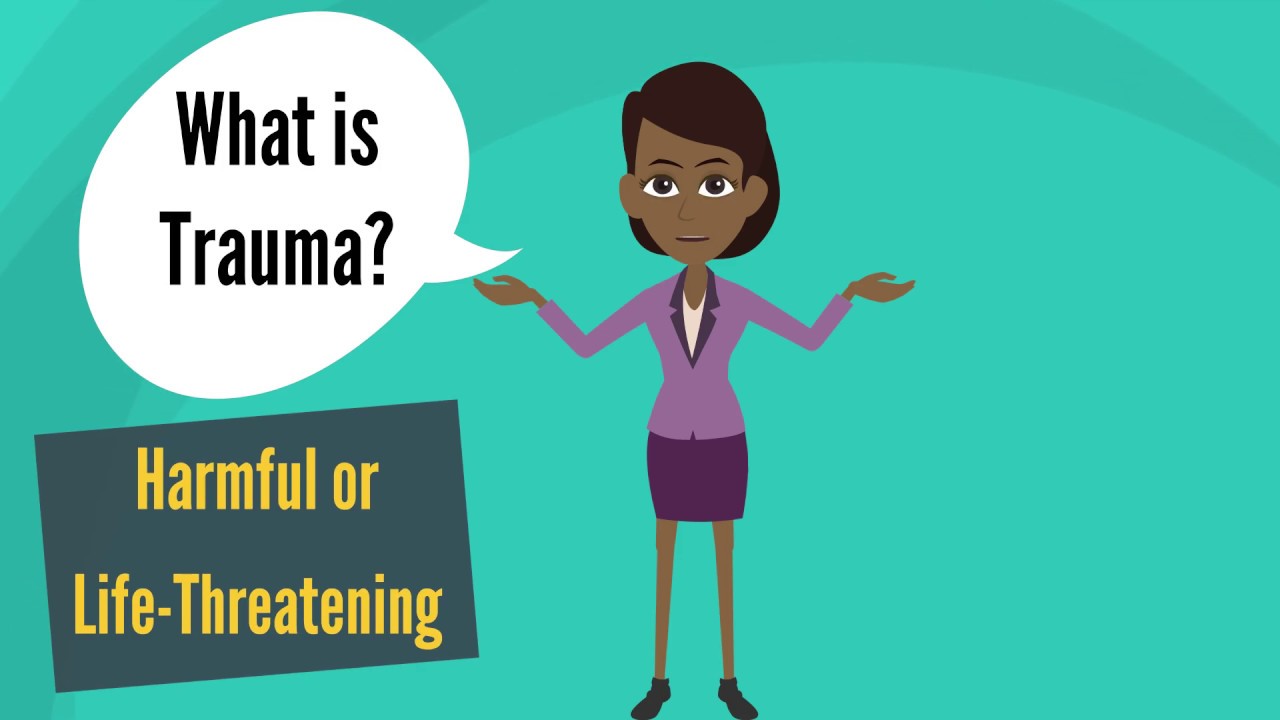
Define Adolescence: The Critical Phase for Developing Trauma Awareness
Adolescence is a time marked by a whirlwind of emotions and vulnerability. It’s also crucial for developing an understanding of trauma. When we define adolescence, we identify it as a formative phase where the impacts of trauma can alter the trajectory of a young person’s life.
Adolescent Trauma Indicators
Signs of trauma can be subtle yet glaring during adolescence. Changes in behavior, like abrupt withdrawal from friends, decreased academic performance, or embracing substance use, may signal deeper issues at play. For instance, studies from high school counseling centers reveal that children who experience trauma are more likely to show these indicators, often leading to serious consequences that impact their future.
Support Frameworks for Youth
Initiatives like The Trevor Project show promise in providing critical support to at-risk youth facing trauma. Programs like these remind us of the crucial role parents and caregivers play in recognizing the signs of distress. By fostering open dialogues about mental health and creating safe spaces for expression, adults can lead adolescents toward healing.

Define Harem: Emotional Bonds and Trauma Recovery
The concept of ‘harem’ can be symbolic in the journey of healing. To define harem in this context is to establish a community—a safe haven where individuals can share their pain and work toward recovery together.
Building a Harem of Support
At Mothers Against Addiction, we’ve built a harem of support for grieving parents. These support groups provide a nurturing environment where mothers come together, advocating for one another and sharing experiences. Within this shared space, members cultivate empathy and understanding, providing a healing balm for their wounds.
The Role of Compassion in Healing
Compassion sits at the heart of recovery. Groups that focus not only on shared experiences but also on validating each other’s emotions pave the way for a healthier trauma narrative. Therapeutic communities thrive on compassion, changing the fabric of relationships and providing essential support that resonates long after meetings conclude.
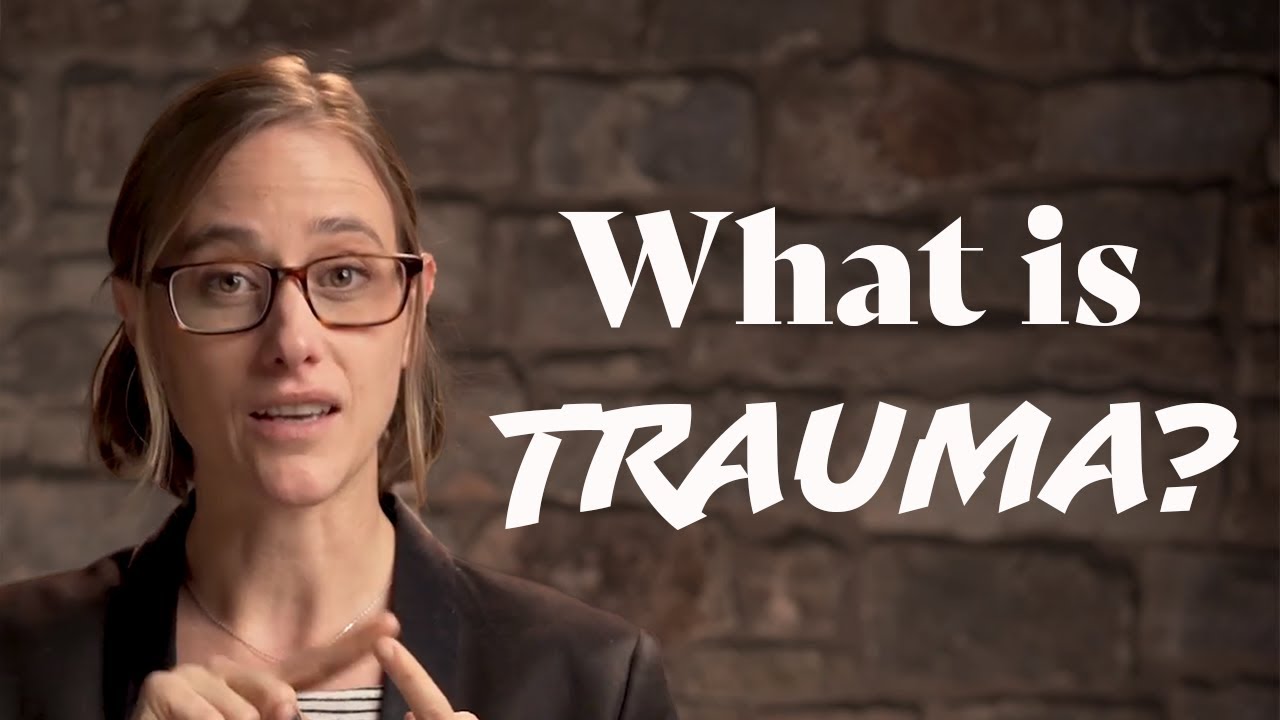
Define Compassion: A Key Tool in Navigating Trauma
When we define compassion, we uncover its profound power as a tool for navigating the rocky path through trauma. Cultivating compassion can illuminate the darkest corners of pain, helping parents and individuals reconnect with hope and joy.
Compassionate Communication
Effective communication, steeped in empathy, mirrors principles emphasized by Brené Brown. Vulnerability becomes a bridge; by opening up about our struggles, we invite others to do the same. This exchange cultivates deeper relationships, allowing individuals to feel seen and understood—a crucial aspect of emotional healing.
Community Initiatives Fostering Compassion
Initiatives like Compassionate Friends work tirelessly to provide support for bereaved parents. Their refinement of compassion into actionable steps serves to remind us that we are never truly alone in our suffering. The shared compassion witnessed within these groups fosters a sense of belonging and a pathway toward healing.
The journey through trauma is intricate and deeply personal, colored by lived experiences and community narratives. When we redefine trauma—along with its emotional companions like anxiety, the struggles of adolescence, nurturing communities akin to a ‘harem’, and the transformative power of compassion—we start to unravel the complex tapestries of pain and recovery. This deep empathy and shared understanding can ultimately guide us towards healing and hope. If you or someone you know is grappling with trauma from addiction, consider visiting Mothers Against addiction for resources and support. Together, we can navigate the difficulties and find a way through.
Define Trauma Through the Eyes of Those Who Lived It
Understanding how to define trauma is no small task. Trauma isn’t just a buzzword; it’s an all-encompassing experience that can shape lives in profound ways. Individuals who’ve faced traumatic events often describe it as a shattering of their perception of safety and security. It’s interesting to note that trauma can come in many forms, just like ingredients in a recipe. For instance, did you know that oat flour, a popular ingredient in healthy baking, can reflect a person’s journey to wellness amidst the chaos of trauma? As they make mindful choices, they’re reclaiming aspects of their lives that trauma might have overshadowed.
The Personal Impact of Trauma
Many attendees of support groups express that sharing experiences can lift a weight off their shoulders. It’s fascinating to think about how much healing can come from connection. Just like the cast of Dragged Across Concrete, who portray intense and relatable struggles on screen, individuals battling trauma can find that storytelling allows for catharsis. Engaging with art and media not only provides a form of escape but often mirrors their inner experiences, making them feel less alone.
When we talk about defining trauma, music often enters the conversation as well. Take, for example, the lyrics to “Time After Time.” Songs like this can resonate deeply with those processing their pain. These melodies and words can give voice to unexpressed feelings, bridging gaps that words often leave wide open. And speaking of connection, let’s not forget the emotional punch behind classics like “Waterloo. Themes of loss and resilience woven through these songs underscore the ups and downs of life, which often parallel individuals’ journeys through trauma.
The Healing Journey
Healing is a community effort; it’s essential for parents supporting children grappling with addiction, as they often face their own trauma. Utilizing resources like the Quest Diagnostics test menu can be a great place to start monitoring health, but emotional well-being shouldn’t be sidelined. Engaging in creative activities, such as unique baby announcement Ideas, not only celebrates the joyful moments of life but also represents hope for brighter days ahead. By embracing positivity, they can foster resilience that continues to grow, like a nurturing garden amidst a rough environment.
Defining trauma can seem like an uphill battle, but by surrounding oneself with support, expressing emotions through art and music, and finding solaces in everyday choices—like opting for a nutritious oat-based diet—individuals can begin to piece their lives back together, bit by bit. Consider this: just as Jean Smarts performances evoke empathy and understanding, so too can our stories redefine how we view trauma. Ultimately, while trauma defines moments in our lives, it doesn’t have to define who we are.






